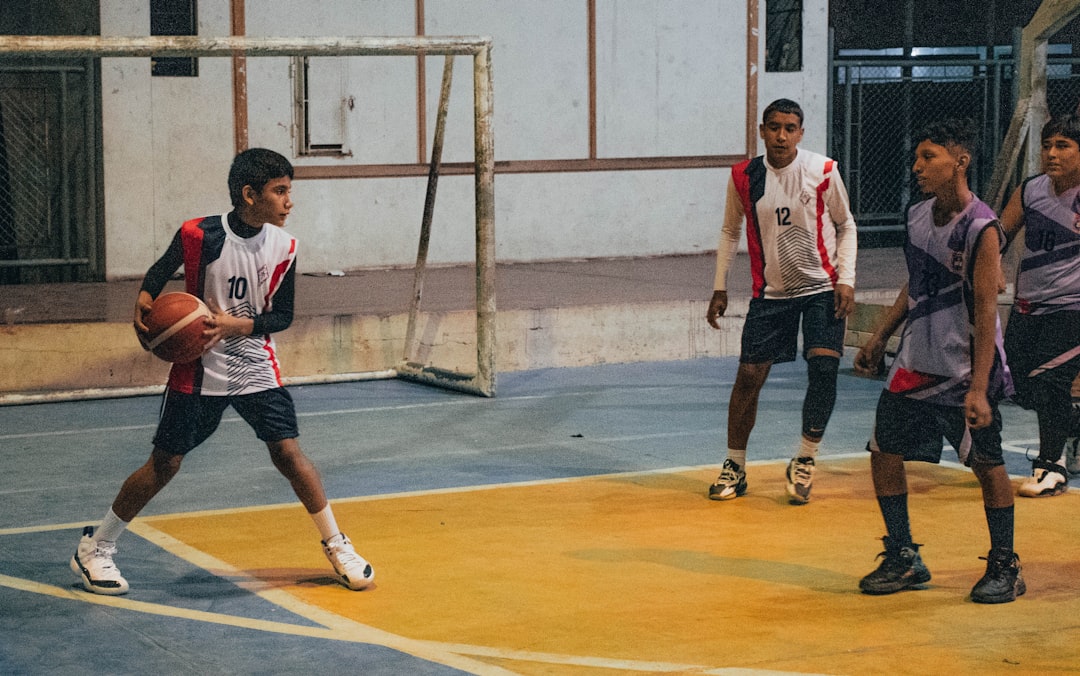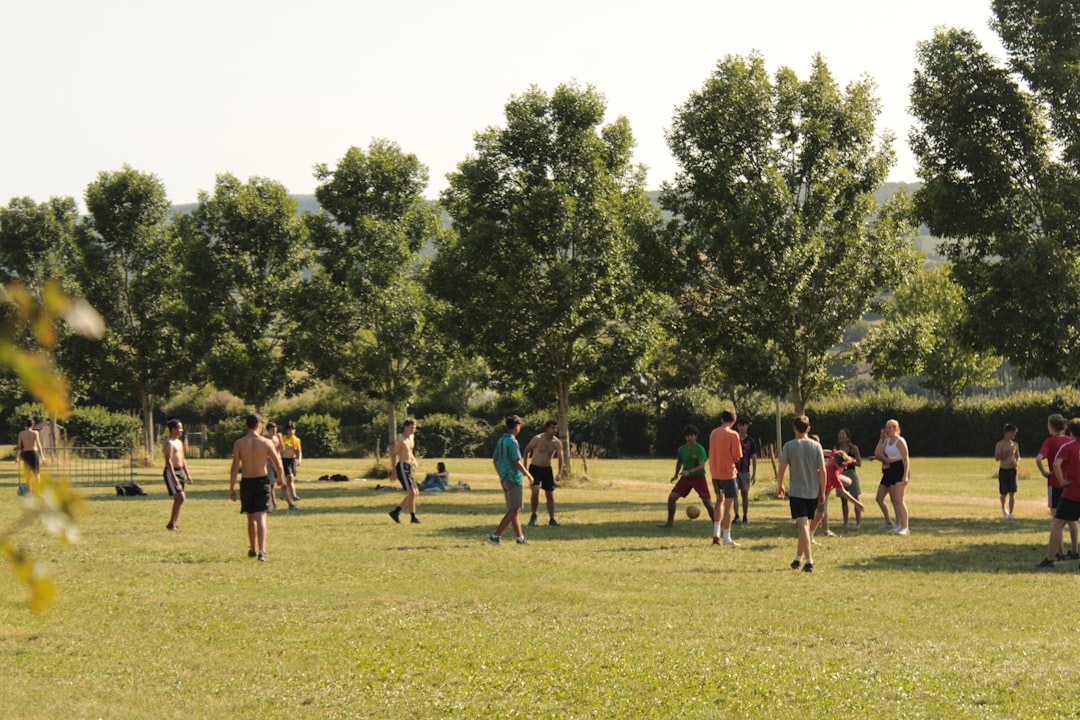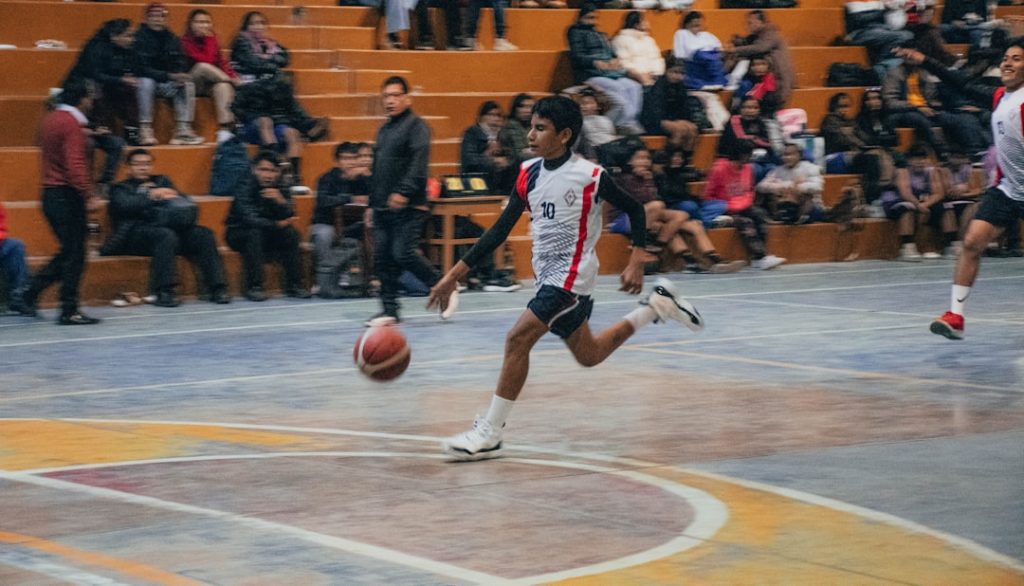Volleying in football is a high-skill technique that requires excellent timing, precise body positioning, and strong coordination. Mastering volleys can give players a major advantage during competitive matches, enabling quick and powerful shots without letting the ball touch the ground. While visually spectacular, executing a volley correctly is no small feat—it demands repeated practice and disciplined training. This article provides a comprehensive breakdown of techniques and drills to help players refine their volleying ability and take their game to the next level.
Understanding the Volley: What It Is and Why It Matters
A volley in football is a shot or pass made while the ball is off the ground, typically struck before it bounces. This technique is commonly used to catch goalkeepers off guard or to make quick passes in tight scenarios. A volley executed properly can drastically increase the effectiveness of a team’s attack and can often result in highlight-reel goals.
There are three main types of volleys:
- Full Volley: Striking the ball while it’s in mid-air without any bounce.
- Half Volley: Hitting the ball just after it has bounced once on the ground.
- Side Volley: Using the inside or outside of the foot to send the ball sideways or across the field while it’s airborne.
Essential Techniques for Correct Volley Execution
To master volleying, players must commit to developing technical precision. Below are the core techniques that every footballer should practice:
- Keep Your Eyes on the Ball: Whether preparing for a shot or a pass, tracking the ball with your eyes is crucial. Losing sight, even for a split second, can lead to poor contact and disrupted timing.
- Body Positioning: Stay balanced with your shoulders slightly over the ball to generate accurate and controlled shots. Leaning too far back often results in ballooned strikes.
- Foot Placement: Aim to strike the ball with the instep or laces of your dominant foot. The non-kicking foot should be placed firmly for support to maintain balance throughout the motion.
- Follow-Through: A clean follow-through ensures power and direction. Players should avoid stabbing at the ball; instead, use a sweeping motion that guides the shot.

Drills to Improve Volleying Skills
Consistent practice through dedicated drills is the surest route to mastery. Here are several proven training exercises for improving your volley technique:
1. Wall Volleys
This solo drill is effective for players of all levels. Stand a few meters away from a wall and toss the ball up. Let it bounce once (for half volleys) or not at all (for full volleys) and strike it against the wall. Focus on both feet and varying levels of power to build versatility.
2. Partner Volley Drill
Working with a teammate, one player throws or pops the ball into the air while the other practices volleying it back or towards a target. This helps improve reaction speed and coordination with a live-moving ball.
3. Cross-and-Volley
This dynamic drill simulates in-game scenarios. One player sends a cross from the wing while the other positions themselves in the box to volley the ball on goal. Encourage alternating foot usage and varying finishing angles.

4. Repetition Sets with a Trainer
Using a coach or rebound tool, have balls delivered in different trajectories—lofted, chipped, or bounced. Each variation trains different timing and contact points, helping players adapt more easily under game pressure.
Common Mistakes to Avoid
Many players struggle with volleys because they rely too heavily on power rather than technique. Here are some mistakes to be aware of:
- Leaning too far back: Causes the ball to rise over the bar.
- Stiff or locked knees: Prevents fluid swing and balance.
- Hitting with the wrong part of the foot: Reduces accuracy and control.
- Misjudging ball flight: Leads to mistimed attempts or missed opportunities.
Conclusion
Mastering the volley in football is a rewarding journey that enhances a player’s impact on the pitch. By combining technical training, focused repetition, and drills tailored to realistic match conditions, players can confidently add sharp and effective volleys to their offensive toolkit. Whether aiming for goal or setting up a teammate, the volley is a game-changer well worth the time and effort to perfect.
